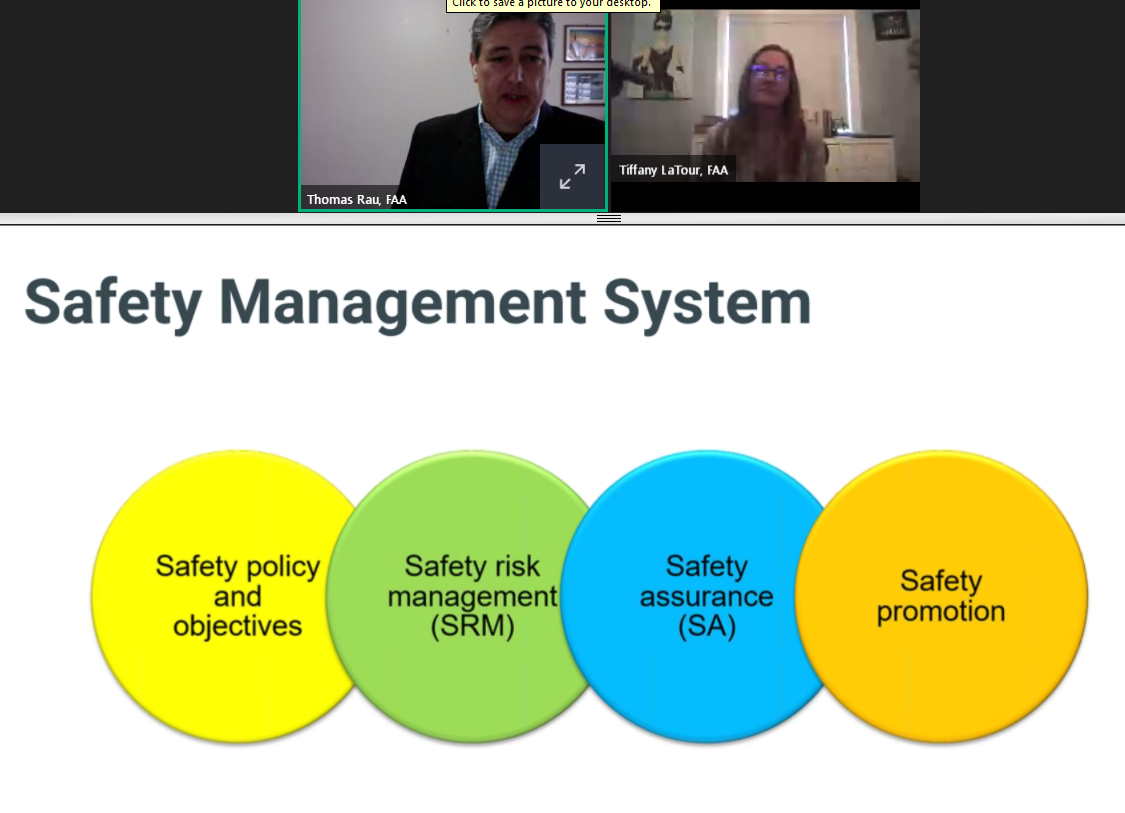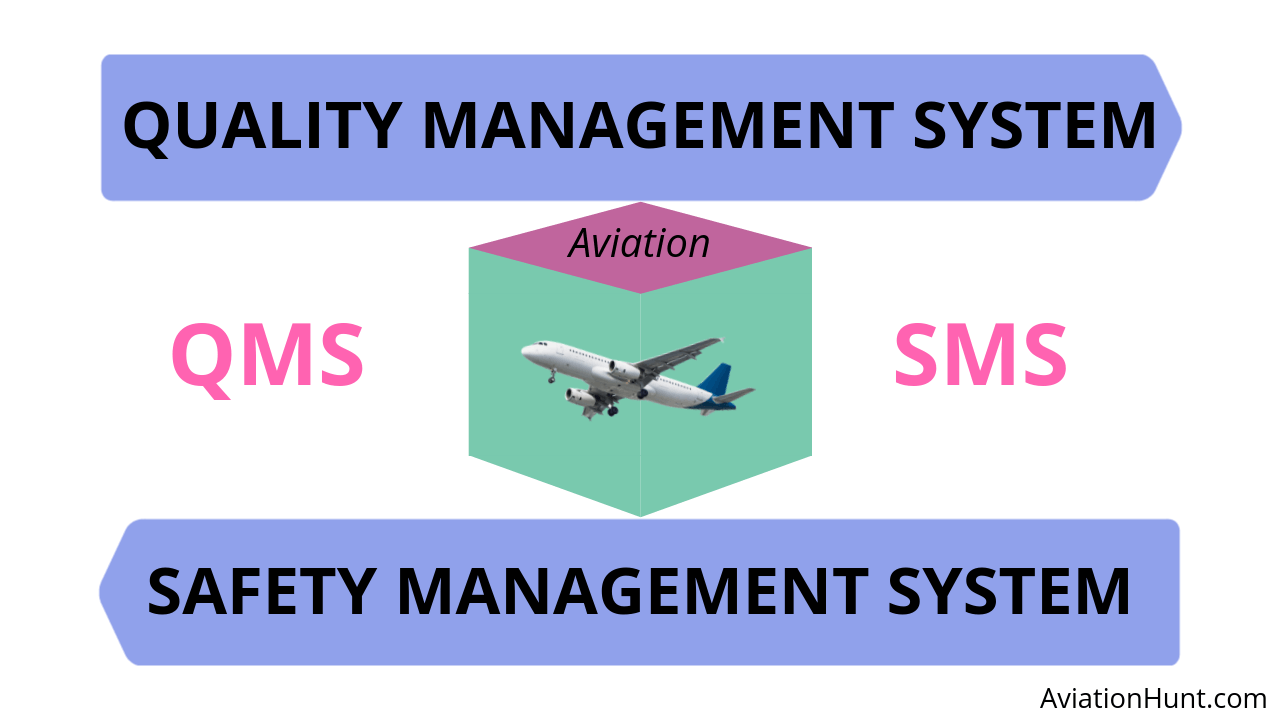Aircraft Sms - To continually improve on existing levels of commercial air transport safety amid industry challenges, the safety management system (SMS) became mandatory worldwide for specified airlines in March 2006. The concept evolved from guidelines, proofs of concept and prototypes pioneered by the airline industry in the
early 1990s. For commercial operations of sailplanes, the national rules apply unless a MS has decided to apply Commission Regulation 965/2012 for which a management system is applicable. It is envisaged that a separate regulation for sailplanes will be applicable from 8 April 2020. Please refer to Opinion 07/2017.
Aircraft Sms

Note 1: SMS requirements are not introduced in the new Part-CAO (Annex Vd to Regulation (EU) No 1321/2014), which regulates 'Combined Airworthiness Organizations' (continuing airworthiness management and/or maintenance privileges) for non-complex motors -powered aircraft not used by licensed air carrier.
Safety Management System Software
Note 2: SMS requirements will not be introduced in EASA Part-147 Maintenance Training Organizations; however SMS elements will be introduced in the Part-66 basic knowledge training syllabus (refer to RMT.0255). A Safety Management System is all about making good decisions that promote safety.
Everyone in an aviation organization can contribute to safety, from receptionists to line personnel to pilots and managers. Safety Management Systems aim to all three decision-making phases: reactive, proactive, and predictive, into their operations. Many aviation businesses use software to manage their SMS data.
While companies often start out using spreadsheets or existing software to track SMS data, it often becomes time-consuming and ineffective. Specific software, customized to the particular company, can make SMS data easier to track. This situation is an example of how an effective Safety Management System could have prevented this incident.
Suppose any team members had been more focused on predictive and proactive decision-making and investigated the wet spot. In that case, the accident could have been prevented. Effective SMS among UK airlines has become critical to safe operations, according to the CAA, which adds, "We need to be able to recognize when the system starts to become unsafe, or the risks are increasing, before an accident occurs.

Sms Pillar Safety Policy
... Our oversight approach focuses on verifying how effective an organization's SMS is." Because of the diverse relationships between the rulemaking bodies and the variety of aviation service provider organizations, it is of critical importance to standardize the SMS functions to the point that there is a common understanding of the meaning of SMS among all concerned organizations and authorities, both
domestically and internationally. In this regard the European Union Aviation Safety Agency (EASA) stated its intention to translate the SMS related provisions in ICAO Annex 6 and EU-OPS 1.037 in the upcoming rulemaking proposals as they will be similar for aircraft operators, maintenance organizations, air navigation services
providers and aerodrome operators. The SMS safety policy should lay out each employee's role and safety responsibilities. The safety policy is a framework that allows the company to ensure the risk is as low as practically possible.
As long as everyone follows the framework, the risks should remain low. According to FAA Order 8000.369, "SMS is the formal, top-down, organization-wide approach to managing safety risk and ensuring the effectiveness of safety risk controls.
Why Is An Sms Important?
It includes systematic procedures, practices, and policies for the management of safety risk." It can be easy to think that a focus on safety costs time and money. The loss of an aircraft represents a significant amount of money, so a safety focus can work hand in hand with business priorities.
One of the core components of an SMS is safety promotion. Safety promotion aims to create a company culture focused on risk prediction, mitigation, and avoidance. For instance, if an employee notices a missing bolt, a red wet mark in a hanger, or has a weather concern, they should feel comfortable speaking up and investigating the cause.

An SMS supports employees in focusing on safety and bringing a safety focus to each part of the flight planning and operation. Reactive risk management is not ideal because the accident has already taken place. It also only addresses a specific accident or incident and does not address the overall safety culture.
Suppose a bald tire caused an aircraft to skid off a runway. A reactive risk assessment might lead to a decision to check all tires. In this case, the risk assessment will only minimize the very specific bald tire risk.
Sms In Aviation Industry
However, Commission Regulation (EU) 2017/373 will introduce the necessary authority and organization requirements, like in the other domains. It shall apply to the Member States and the service providers (except for Data services (DAT) providers) as from 2nd January 2020:
For commercial operations of balloons, separate Commission Regulation (EU) No 2018/395 has been adopted, which is applicable from 8 April 2019 and calls for a simplified management system for commercial operations. The national rules apply unless a MS has decided to apply Commission Regulation No 965/2012 for which a management system is applicable.
1 Including CAT operations starting and ending at the same aerodrome/operating site with Performance class B airplanes or non-complex helicopters (so called A-to-A operations). 2 "Specialized operation" means any operation other than commercial air transport where the
aircraft is used for specialized activities such as agriculture, construction, photography, surveying, observation and patrol, aerial advertisement. Again, this is a step where questions are asked. If the flight dispatcher decided that the high-density altitude was acceptable, did the risk management step work as desired?

Air Traffic Controllers Atcos
Did anything go wrong on the flight? Did anything almost go wrong? A large volume of reports and presentations about airline SMS recount unprecedented achievements in risk management. This has influenced other segments of aviation to adopt versions of SMS.
Examples include: air traffic management; aerodromes; civil aviation authorities; manufacturers; flight operations auditors and analysts; accident investigation authorities; aircraft ground handling services; aircraft maintenance, repair and overhaul organizations; and general aviation organizations, such as business aircraft operators and flight training centers.
Safety policy establishes management's commitment to safety. A safety policy should include the overall expectations of employees and stakeholders. It should outline the available resources to employees to help them carry out the company's safety goals.
In the past, admitting a mistake was frowned upon. Under an SMS, employees are asked to submit incident reports to continue to improve the safety system. Safety incident reports should not be seen as punishable but as opportunities to learn.
Air Operations
If employees fear retribution, they are less likely to come forward with concerns or share mistakes. A Safety Management System is a structured process designed to elevate safety to the highest concern; businesses must treat safety with the same attention as other business concerns.
Safety Management Systems is recognized by International Civil Aviation Organization (ICAO), Civil Aviation Authorities (CAA), and Joint Planning and Development Office (JPDO). Put simply, effective safety management systems use risk and quality management methods to achieve their safety goals.

In addition, SMS also provides the organizational framework to establish and foster the development of a positive corporate safety culture. Reactive risk management occurs when an accident or incident has already taken place. Reactive risk management aims to minimize damage after the accident.
Then, management looks at the accident, determines what went wrong, and puts procedures in place to prevent a future similar accident. There are three different types of risk management: reactive, proactive, and predictive. An SMS aims to shift the risk management focus from reactive towards proactive and predictive.
Icao Requirements
The goal is to move the company as close as possible towards predictive risk management. The international SMS standards and requirements are structured mainly as objective regulations. They are created in a way to emphasize more on "what to do" rather than "how to do it".
The reason behind this is to create standards which are set in a way that accommodates a wide variety of types and sizes of organizations. These standards are designed to allow the operators and service providers to integrate the safety management practices into their individual operational models.
Aviation safety needs to be managed proactively by all actors. Safety management benefits the total aviation system by strengthening traditional risk control practices and ensuring safety risks are managed in a systematic way. Safety management allows room for innovation and flexibility: It is less about describing what to 'do' and more about how to 'achieve safety'.
The SMS development begins with setting the organizational safety policy. It defines the generic principles upon which the SMS is built and operated. This first step outlines the strategy for achieving acceptable levels of safety within the organization.

Initial And Continuing Airworthiness
Predictive risk management is conducted by management and not by line employees. When predictive risk management takes place, tires are continuously monitored, and checklists are in place. Predictive risk management systematically monitors all aspects of the operation.
It predicts what systems need to be updated to mitigate risk. When a company moves towards predictive risk management, there should be less proactive and reactive risk management. Proactive risk management involves noticing the risks and minimizing the risk before an accident occurs.
Suppose a line manager noticed a bald tire but replaced the tire before the flight and requested all tires to be re-checked. In that case, the line manager has effectively and proactively managed the risk. Transport Canada was one of the first companies to adopt an SMS system in 2000. In 2006, ICAO required most commercial aviation operators to implement an SMS.
In 2015, the FAA required Part 121 Air Carriers to have an SMS in place by 2018. Commission Regulation (EU) No 2015/340 lay down technical requirements and administrative procedures relating to air traffic controllers' licenses and certificates contains the requirements for ATCO training organizations to establish and maintain a management system, which are built on ICAO Annex 19 provisions.
Us Faa Requirements
For an airline, implementing an SMS is as important to business survival as a financial management system. A continuously refined SMS enables each airline to reliably achieve one of civil aviation's key goals: enhancing safety performance through best practice by moving beyond mere compliance with regulatory requirements.
Operators engaged in commercial air transport (CAT)1, commercial specialized operations (SPO)2, as well as operators conducting non-commercial air operations with complex motor-powered aircraft (NCC) need to implement a management system. Specific alleviations are foreseen for less complex organizations.
"Industry SMS implementation is required in most [UK] aviation sectors by law and is advocated in all others," the website says. "Accidents occur as a result of safety management systems failing. ... Industry needs appropriate guidance and support to develop effective safety management systems that will deliver an increasingly safe service.
CAA needs to have the capability to assess the effectiveness of an organization's SMS." Audits should be conducted to ensure that the SMS is operating well. This audit can be done internally or with external help, depending on the size of the company.
Esarr Sms Framework
The audit should prove that the company's SMS has safety procedures that operate as desired. The audit will confirm that the SMS has safety metrics that are specific, measurable, and relevant.
faa safety management system sms, faa airport sms, sms safety management system, american airlines safety management system, faa sms manual, sms military flights, faa safety management system, anonymous text bomb from computer